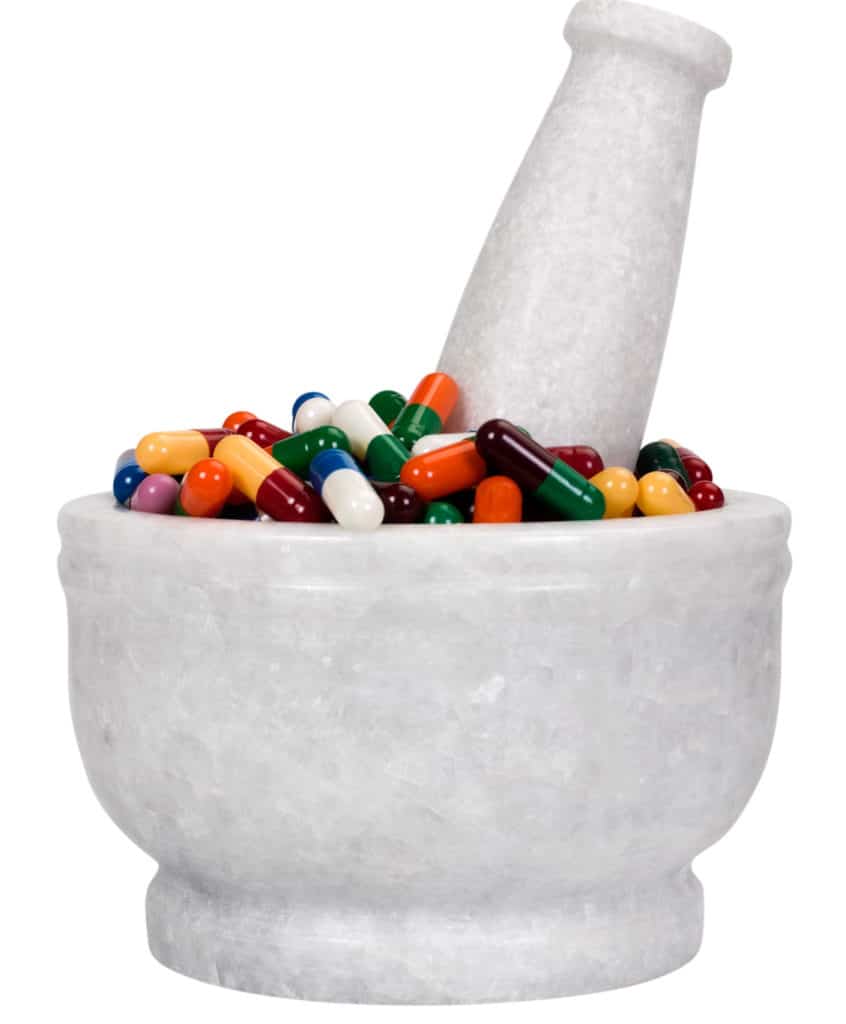In January, the FDA released the second revision of the Draft Guidance, “Current Good Manufacturing Practice—Guidance for Human Drug Compounding Outsourcing Facilities Under Section 503B of the FD&C Act.”
The Agency initially submitted the Draft Guidance in 2014 and followed up with Revision One in December 2018.
Currently, GMPs for drug products (21 CFR Parts 210 and 211) apply to 503B compounding pharmacies. The FDA has indicated its intention to create a new set of rules that apply specifically to compounding pharmacies.
Verifying Quality Through Testing
Two quality control topics addressed in the Guidance are Release Testing and Stability/Expiration Dating.
Release Testing involves assuring the drug product meets predetermined specifications for quality by verifying the proper identity and strength of the Active Pharmaceutical Ingredient (API), and the overall purity of the drug product. Many compounding firms use a third-party lab to conduct this testing.
Depending on the nature of the product, other release testing may include color, clarity, pH, dissolution testing, microbial enumeration, and tests for specified organisms.
Additional release testing that may be required is sterility testing and limit of bacterial endotoxin screening for sterile drug products, such as parenterals. Antimicrobial Effectiveness testing may also be necessary for multi-dose products. A qualified third-party lab can perform this testing as well.
Pharmaceutical Quality
As part of the release process of a drug product, the Guidance reads:
“Procedures for release must be established that ensure that each batch of a drug product is not released until the following have been completed.”
• An appropriate laboratory determination has been conducted to ensure that each batch of a drug product conforms to specifications.
• A review of environmental and personnel monitoring data, if applicable, has been conducted to ensure that manufacturing conditions were acceptable during production of the batch.
• Associated laboratory data and documentation have been reviewed by the quality control unit, and they demonstrate that the drug product meets specifications.
• A designated qualified individual from the quality control unit has authorized final release.
Stability Studies for Compounding Pharmacies
The FDA addresses stability testing in the document as follows, “Stability testing is used to ensure that a drug product will retain its quality (e.g., strength) and remain sterile, if applicable, through the labeled expiration date. A stability program for compounded drug products should use past experiences, available literature, and fundamental scientific principles to establish the parameters for the program. An expiration date is established through the conduct of a stability program that includes testing to assess the product’s performance against specifications after aging to the desired expiration date.”
Compounders are encouraged to follow the ICH guidance for industry Q1A(R2) Stability Testing of New Drug Substances and Products (link to Q1A) for designing and executing a stability program.
Acknowledging that compounding pharmacies often produce batches too small to accommodate stability testing and considering the unique conditions under which compounders frequently operate, the Guidance provides several instances where the FDA will not require stability data from the compounder.
The Guidance also offers alternative methods for determining or declaring a best use date for compounded products that do not require stability studies.





